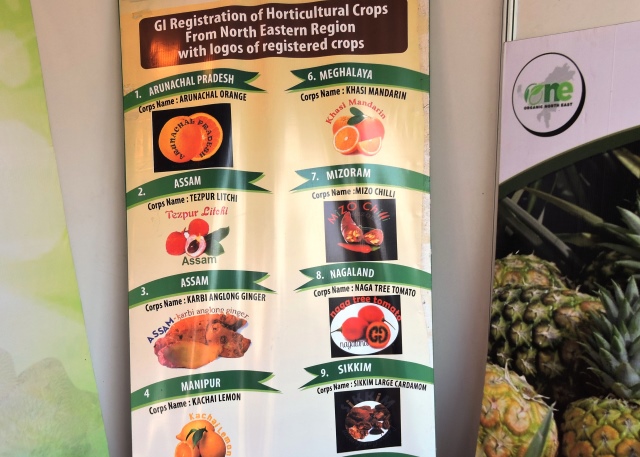What is Geographical Indication? Every Region’s Claim to Fame

Silao Khaja, a multilayered and crispy sweet Bihari dessert recently got the coveted GI (Geographical Indication) tag. The number of registered GIs in India has now become 330. This indicates a good future of Indian goods in the global market, as it marks Indian products on the world map. The interest in GIs has thrived in recent years. The most prominent reason for this is the obligations of WTO (World Trade Organization) to protect the GIs.
Geographical Indication (GI), as the name suggests, is a sign indicative of a product’s geographical origin. It symbolizes the attributes, qualities, characteristics and reputation the product holds essentially due to its geographical place of production. Agricultural products typically have qualities that derive from their place of production and traditions influenced by specific locals.
Geographical factors like climate, soil, indigenous breeds of animals (which are reared for production) etc. also correspond to the region and thus, majority of the GIs throughout the world are applied to agricultural products, foodstuffs, wines and spirit drinks. However, a GI may also highlight specific qualities of a product that are due to human factors found in the product’s place of origin, such as specific manufacturing skills and traditions like handicrafts, silk rearing, cheese making etc.
The Paris convention in 1883 was the first international multilateral treaty to include provisions relating to GIs. GIs were pushed at the WTO by the European Union which wanted their high-end niche products like champagne from the Champagne region of France, Scotch from Scotland, etc., to enjoy a special monopoly in international trade. Today, from Switzerland’s ‘Gruyere cheese’ to Mexico’s ‘Tequila’, from ‘Roquefort cheese’ of France to ‘Swiss watches’, GIs are providing way for business leverage and attracting consumers from all around the world.

India as a member of WTO, enacted Geographical Indications of Goods (Rights and Protections) Act, 1999 with effect from 15th September 2003. An effective protection for GIs is of considerable importance for a country like India, which is richly endowed with natural and agricultural products. Besides, India already has in its possession renowned geographical names such as ‘Alphonso’(mango), ‘Basmati’ (rice), etc. With ‘Darjeeling tea’ being the first Indian product to get GI tag in 2004, over the years, India has approved the registration of wide range of goods for GI native to different states and regions.
Success stories from the world of GIs demonstrate that GIs, if well managed, are intangible assets with potential for product distinction and creation of added value. ‘Place of origin’ suggests to consumers that the product will have a particular quality or characteristics that they may value. Often, customers are prepared to pay more for such products. GIs are acting like differentiation tools in marketing strategies, from mere source indicators to brands of quality-bound-to-origin products.
From the aspect of rural development, they provide indigenous communities with means to benefit from commercialization and means to differentiate their products. As GI products tend to generate a premium brand price, they contribute to local employment creation, which ultimately may help prevent rural exodus. In addition, GI products often have important spin-off effects, for example in the areas of tourism and gastronomy.
Geographical indications may bring value to a region not only in terms of jobs and higher income, but also by promoting the region as a whole. In this regard, GIs may contribute to the creation of a “regional brand”. One threat is the fact that the state is the owner of the GI which does not belong to indigenous people. Existence of big players in the supply chain might result in exclusion of small-scale producers. Adequate schemes of Governance, and help from NGOs is needed to ensure that the added value earned through GIs actually goes to the local farmers or artists.
Geographical Indication also help conserve biodiversity by protecting a particular variety of plant, animal or an entire ecosystem. There are some concerns such as linking GI to a specific variety, breed or sub-species as a response to productivity and demand may marginalize other genetic resources. These concerns require careful monitoring of the State and Central agencies.
At the end, apart from trade benefits, if GIs are to contribute to policy objectives such as biodiversity conservation and rural development in true sense, they have to evolve and develop – not only as an IPR (Intellectual Property Rights) over the use of geographical names in trade but also as an innovative axis to articulate regional value chains.




One thought on “What is Geographical Indication? Every Region’s Claim to Fame”